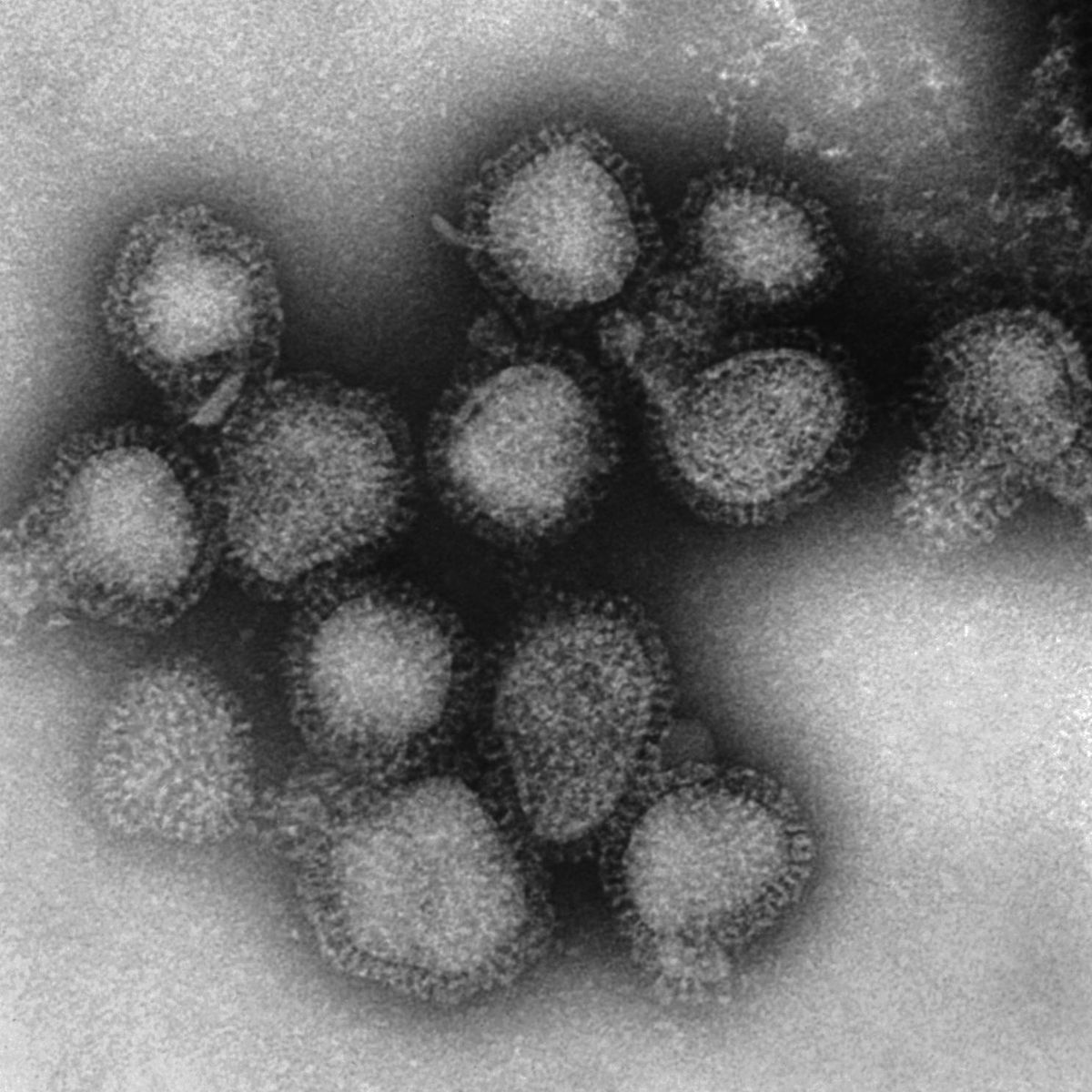Different flu strain leads to surge in late-season hospitalizations

A late-season wave of influenza has spread across the Inland Northwest and spiked hospitalizations during the past month.
The virus is a different strain than that which affected people earlier this flu season.
Hospitalizations and deaths from the flu in Spokane County had been significantly lower than last year, but March numbers jumped to the highest of any March in the last five years, according to the Spokane Regional Health District.
This year, 420 people in Spokane received flu treatment in a hospital, according to the health district’s data released this week. More than 100 of them have been in the last month, which is higher than this time last year. The highest number of hospitalizations in the last few years have happened in January and flu hospitalizations usually decrease by spring.
Dr. Bob Lutz, the county’s health officer, said this year’s flu vaccine was effective in preventing the H1N1 influenza strain that was prevalent early in the flu season. But recently the H3N2 strain has been on the rise, which this year’s flu vaccine is not as effective against.
About 33 percent of the people hospitalized in the county this year were vaccinated and 14 percent of the 21 people who died from the flu were vaccinated. Statewide there were 114 deaths.
About a third of the people who died of the flu in Spokane died after February 25.
Lutz said the vaccine was effective 47 percent overall and 61 percent effective in children early on, but that number could change as the season continues. He said none of the children that have been hospitalized so far were vaccinated.
While this year’s vaccination isn’t as effective against the H3N2 strain, Lutz recommends people still take precautions.
“If you’re unvaccinated, your risk for whatever strain of flu that’s out there is greater than those who have been vaccinated,” Lutz said.
At Providence Sacred Heart Medical Center, the increase in patients includes all age groups, said Adam Richards, director of the hospital’s emergency and trauma services.
“In many cases, a primary care physician, Express Care or Urgent Care can help patients with a flu diagnosis and treatment,” he said.
Symptoms include fever, body aches, sore throat, cough, headaches and fatigue. Some people may have mild vomiting, but that is more common in children than in adults.
In Idaho, flu hospitalizations are also up said Amy Ward, a nurse and infection prevention manager at Kootenai Health. She said there was a slight uptick in March, but hospitalizations have started to go down at Kootenai Health. She said every flu season is different and it can be difficult to predict which strain will be the most prominent. She said this season is slightly unusual, and slightly later than normal.
“It’s definitely dragging on,” she said. “But there’s still time to get vaccinated.”
Katherine Hoyer, a spokeswoman for the Panhandle Health District, which covers the five most Northern counties in Idaho, said 20 percent of people who come in with flu related symptoms test positive and there have been 8 deaths in the whole season. Statewide, there have been 32 deaths.
She said the season hasn’t had a clear peak like past years, and it’s stretching on far longer than normal. Now that winter has ended and people aren’t spending all their time in close quarters, Hoyer said less people will likely get the flu.